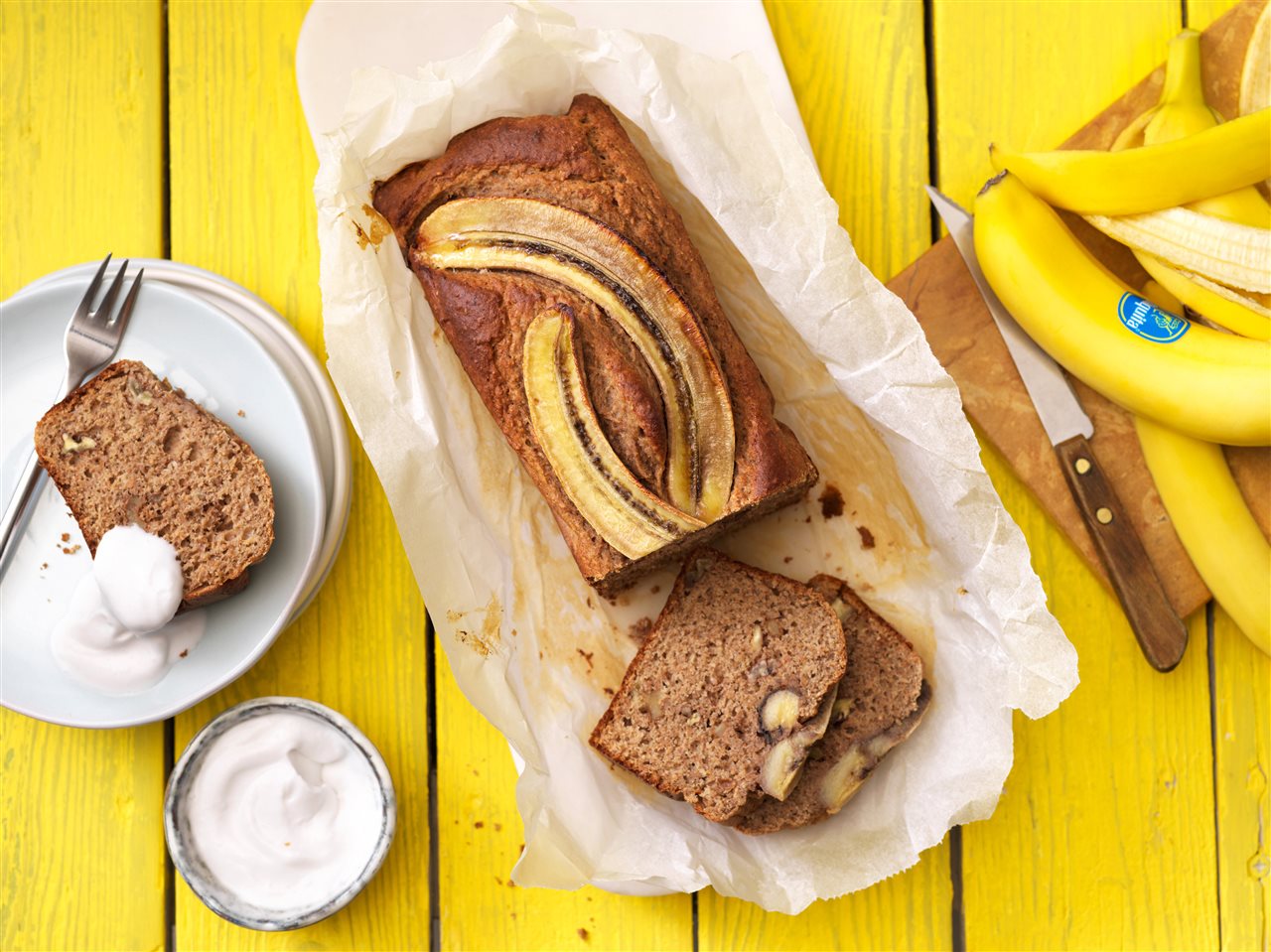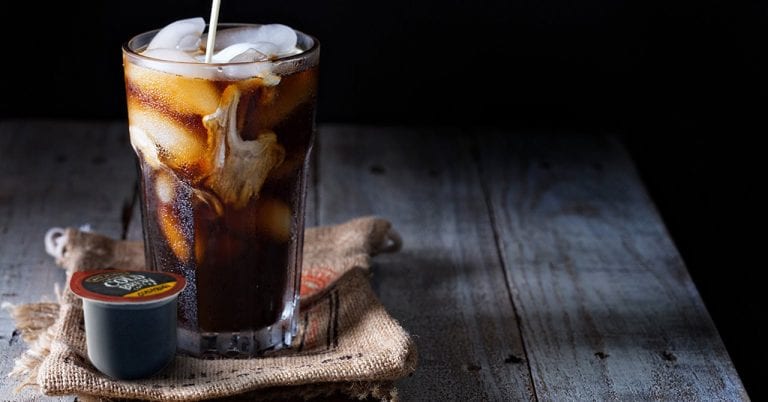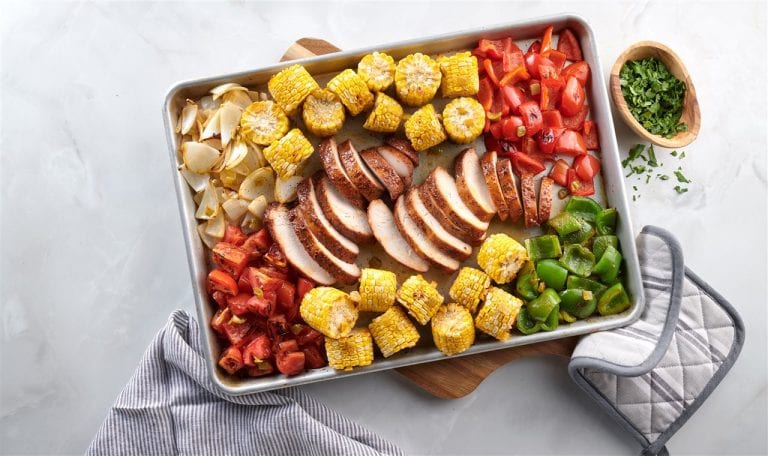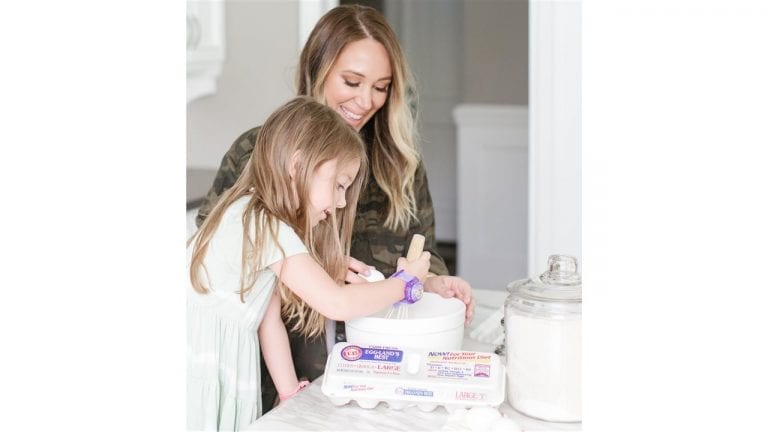Bananas are a tasty snack that many people eat regularly without much thought, but there’s more to the iconic yellow fruit than just its convenience and color. Bananas are a superfood loaded with nutrients and have been enjoyed worldwide for hundreds of years. In fact, there are many reasons to consider eating more bananas.
Versatility: Bananas are one of the most versatile foods available. They come in their own container and you can eat them right out of the peel. You can slice up fresh bananas to enhance favorite snack foods, like cereal, yogurt or smoothies. They are a natural alternative to sugar to sweeten desserts and can be used in a variety of recipes, including savory ones. They are even tasty dried and eaten as banana chips.
Nutrient powerhouse: Bananas are not only a powerhouse for potassium with nearly 10 percent of the recommended daily value, but also boast many other nutritional benefits. Just one banana has 35 percent of the daily recommended B-6, which helps with cell growth. In addition, you’ll be giving your body important vitamins and minerals like magnesium, manganese, vitamin C and copper. Bananas are also a good source of antioxidants to support a healthy immune system.
Don’t believe the sugar rumors: Bananas are a wonderful source of natural sugars (the good kind) and carbohydrates, which help provide sustained energy. It’s a common misconception that bananas aren’t as healthy due to the higher sugar content, however, the natural sugars in bananas come with fiber, which slows digestion and gives the body time to use it as fuel instead of storing it as fat.
Low-fat, low-cal: Bananas have no fat, cholesterol or sodium, making them ideal for nutritious eating as well as a good option if you’re on many specialty diets. Plus, they’re just 100 calories per banana, providing you all-natural, long-lasting energy. Whether it’s a snack or addition to a recipe, you can feel good about eating bananas.
Digestive health: Bananas are often one of a baby’s first foods. They are also one of the first things we eat when we are sick. Why? Because they are soft to chew and easy to digest. In fact, bananas can support digestive health thanks to their pectin level that acts as a fiber. If you prefer your bananas a bit on the unripe side, you’re also in luck because unripe bananas contain higher levels of resistant starches, which are a soluble fiber.
Banana bread: One of the most popular ways to bake with bananas is banana bread. What many people might not know is the history of the moist, sweet loaf featuring the classic yellow fruit. Banana bread is the creation of thrifty housewives during the Great Depression who had to stretch their family’s food supplies, including utilizing overly ripe bananas.
Recipes have evolved over the years to include different ingredients and fun variations, such as adding in nuts, chocolate chips and flavoring like almond and vanilla. Try this classic recipe to treat your friends and family.
Chiquita Banana Nut Bread
Ingredients:
4 ripe Chiquita bananas
3 eggs
1 cup almond flour/spelt flour
2 tablespoons honey or maple syrup
1/4 cup pecans
1/4 cup walnuts
2 tablespoons baking powder
2 tablespoons ginger powder
1 teaspoon vanilla powder
2 tablespoons cinnamon
1 can coconut milk (13.5 ounces)
1 tablespoon honey
1 teaspoon vanilla powder
Directions:
Purée 3 bananas with a hand mixer. Scoop the bananas into a big bowl.
Chop nuts coarsely. Now add all other ingredients and mix thoroughly.
Pour batter into greased pan. Cut the fourth banana lengthwise in half and place the slices on top of the batter.
Bake loaf for about 45 minutes in oven.
The night before, put the coconut milk in the fridge (to separate fluid from cream). Scoop only the top layer of cream from the can into a big bowl. Add 1 tablespoon of honey and 1 teaspoon of vanilla and mix it until you get a smooth mixture. Serve with the loaf. BPT







